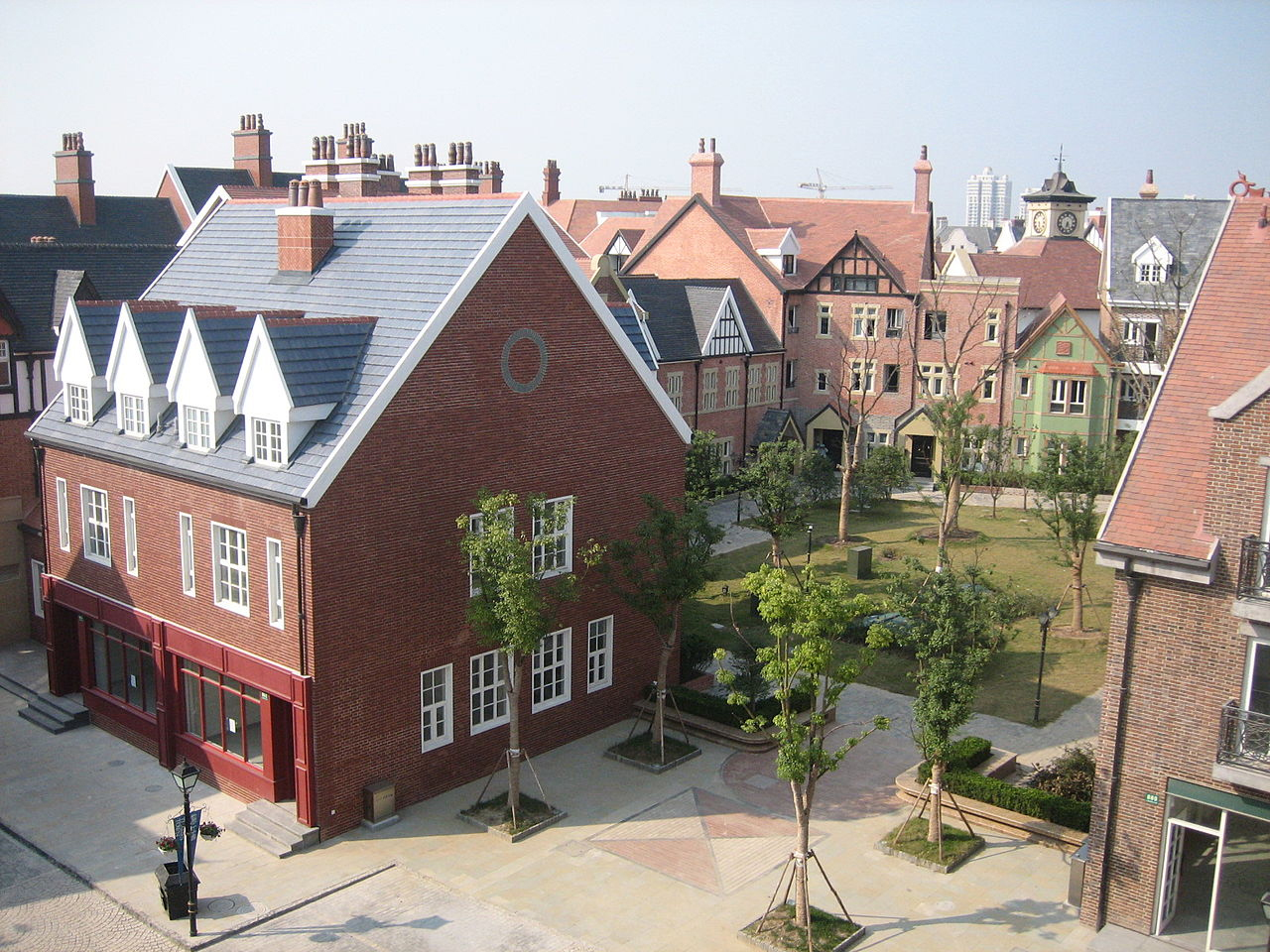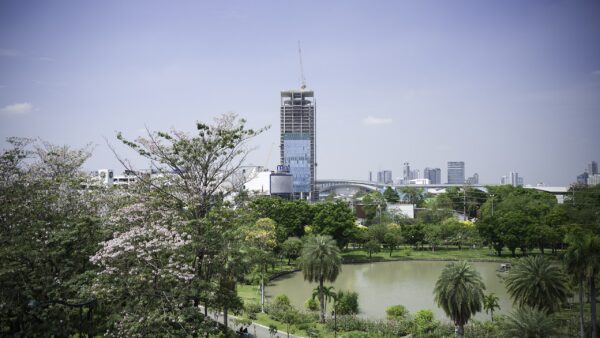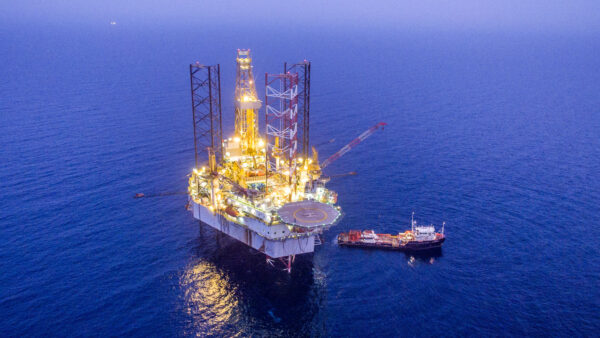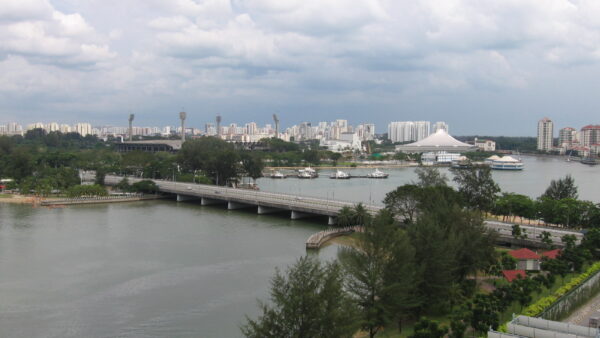China’s Ministry of Housing and Urban Development has declared that architectural pastiches such as White Houses, Kremlins, Sydney Opera Houses, Thames-side towns and Parisian landmarks will no longer be allowed in publicly funded construction projects, and that towers will be kept below 500m.
The ministry’s statement, reported by the BBC via Global Times, said “plagiarising, imitating, and copycatting” designs was prohibited, and that “large, foreign, and weird” designs should be limited.
It added that this was particularly important in the construction of sports stadiums, exhibition centres, museums, and other large, culturally significant buildings.
The ministry advises designers to produce work that “strengthens cultural confidence, shows a city’s features, exhibits the contemporary spirit, and displays Chinese characteristics”.
Global Times quoted Han Feng, head of architecture at Tongji University, who said copycatting was a sign of “cultural unconfidence”.
She added: “China itself has a rich architectural culture. Rather than simply imitating foreign buildings, it is urgent for architects and the public to know about and learn from our own profound architectural art.”

Shanghai’s Thames Town (Huai-Chun Hsu/CC BY 2.0)
In some cases, buildings have been demolished for plagiarism. A replica of the Great Sphinx of Giza in Hebei Province, for instance, was knocked down in 2016 after China received a complaint from Egypt.
This is not the first time that China’s government has tried to police the country’s architecture.
In 2016, the state council announced that “bizarre architecture that is not economical, functional, aesthetically pleasing or environmentally friendly will be forbidden, whereas construction techniques that generate less waste and use fewer resources, such as the use of prefabricated buildings, will be encouraged”.
The ministry’s ban on buildings higher than 500m is unlikely to have any great effect on what is built in China, since only five towers higher than that have ever been built in the country.
Top image: Shenzhen’s version of the Eiffel Tower and the Arc de Triomph (Dreamstime)
Further reading:










